Hey there! Not sure which stocks to buy and feeling overwhelmed? Well, let me share my stock buying process with you. It might just help you out. Here’s how I do it, in a nutshell.
1 – Find stocks with strong dividend triangle
Using a stock screener, like the DSR stock screener, I find stocks with a strong dividend triangle. That means I look for companies that show trends of increasing revenue, earnings per share, and dividends. Ideally, I want to see continuous growth in all three areas. This is my initial buy list.
2 – Focus on stocks with strong 5-year dividend growth
I focus on stocks with solid dividend growth over the past 5 years. I’m a fan of dividend growers rather than high yielding companies with stagnant growth. So, I narrow down my list to those companies that have shown the strongest dividend growth over the past half-decade.
3 – Select only sectors I like and understand
I trim down my buy list further so that it only includes stocks in sectors I’m interested in and actually understand. It’s crucial to grasp the economic sector or industry in which you invest. This helps you feel confident out about your investments and lowers stress.
Each sector has its own ups and downs, although not at the same time during an economic cycle. Some are more resilient during a recession; others outperform the lot in bull markets. A market crisis hurts all sectors, but some more than others. We never know which industries will suffer the most though; banks in the 2008 financial crisis, oil & gas businesses in 2015, entertainment, travel, leisure, and retailers in the 2020 pandemic.
That is why I don’t put all my eggs in one basket. So, while I focus on industries I understand, I choose them in several sectors. I never invest more than 20% of my money in one sector; in doing so, I diversify my portfolio and minimize the impact of market drops on specific industries.
4 – Select stocks with strong dividend safety
Next in my buying process, I dig deeper into each company’s financials to make sure they have strong dividend safety. How specifically? I look for companies with not only healthy revenues and earnings, but also strong cash flow generation. Company financial reports and the DSR stock cards give me a good insight into a company’s cash flow from operations and free cash flow metrics.
Only then do I check out the infamous payout and cash payout ratios. But here’s the thing: I don’t rely solely on payout ratios right away. They can be misleading. Sometimes, high payout ratios are justified, for example when they are due to investments for future growth, and the company is still a solid dividend grower.
5 – Study the business model
Now that I’ve done my homework on the financial side, I dive into understanding each company’s business model to know how they make money and how they plan to grow in the future. For example, what do they sell, who do they sell to; is demand for their products cyclical, growing, stagnating; are the products and markets diversified; is the growth through acquisitions, innovation; is it a very competitive industry; and more.
If I can’t explain the business model in simple words a 12-year-old would understand, I don’t fully grasp it. I remove the company from my list and move on to the next one.
6 – Identify potential risks and growth
 Now comes the fun part. I identify potential risks and growth prospects for each company. It’s important to be realistic and not get carried away by the positive aspects. I look at growth trends to see if they’re slowing down, review the evolution of company debt over the years, and consider potential downsides like vulnerability to inflation, interest, regulation, patent expiry, and competition. I read up on bear theses to understand why some investors might dislike a company. It’s important to know what I’m getting into and to be prepared for any challenge that may arise.
Now comes the fun part. I identify potential risks and growth prospects for each company. It’s important to be realistic and not get carried away by the positive aspects. I look at growth trends to see if they’re slowing down, review the evolution of company debt over the years, and consider potential downsides like vulnerability to inflation, interest, regulation, patent expiry, and competition. I read up on bear theses to understand why some investors might dislike a company. It’s important to know what I’m getting into and to be prepared for any challenge that may arise.
7 – Look at valuations: immediate buy or add to watchlist
Valuation is another factor I consider, but it’s not the be-all and end-all. I’d rather buy a stock with a strong dividend triangle, great growth prospects, and lots of potential for the next decade, even if it seems overvalued; I’d take Microsoft over AT&T any day. I might keep “overvalued” stocks on my watchlist and wait for the right opportunity. Quality takes priority over short-term undervaluation in my stock buying process.
I use two valuation methods. First, I review the PE ratio and the dividend yield over the last 5 years. This shows how the market values the stock over a sizeable part of an economic cycle; did the PE grow, i.e., the price grows faster than earnings, or was it stable year after year. Reviewing yield pinpoints opportunities when the yield is better than its 5-year average. For stocks yielding 3% or more, I look at the valuation from the dividend discount model (DDM).
8 – Write my investment thesis and click BUY
Finally, I write down my investment thesis for each company, laying out the reasons why I think it’s a great investment along with the potential downsides.
This helps me to stay focused on why I buy a stock and, later on, evaluate if my original reasons for investing still hold true. The market and companies change all the time—remember what Apple’s iPhone did to Blackberry, or how the pandemic-induced shift to remote working affected office space REITs—so it’s crucial to keep an eye on things and reassess regularly.
So, there you have it! That’s my stock buying process in a nutshell. By following these steps, you can make more informed decisions, focus on dividend growth, and build a well-diversified portfolio based on your understanding of different sectors and individual companies. Happy investing!

 Operating through four segments, CCL Industries sells its solutions to global corporations, government institutions, small businesses, and consumers.
Operating through four segments, CCL Industries sells its solutions to global corporations, government institutions, small businesses, and consumers.

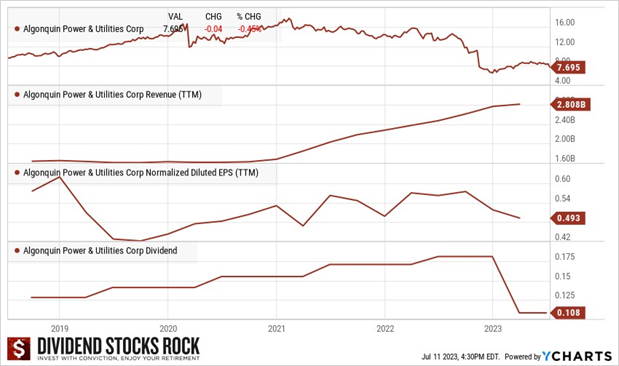

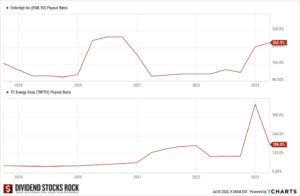
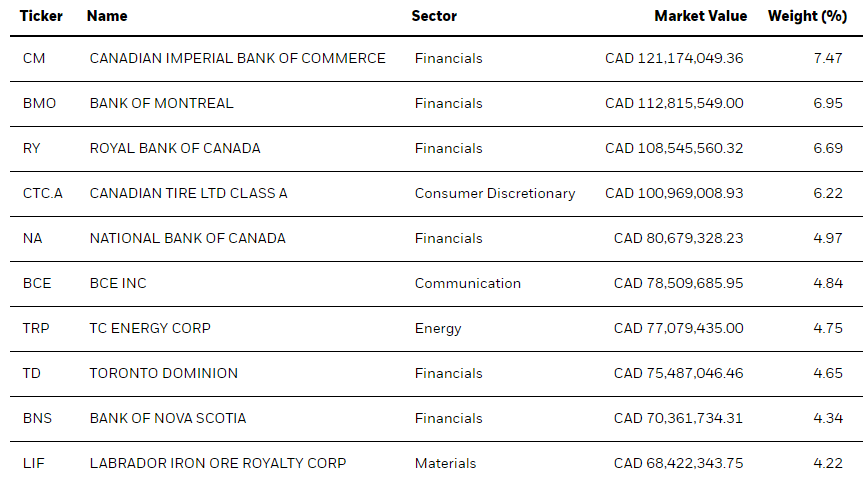
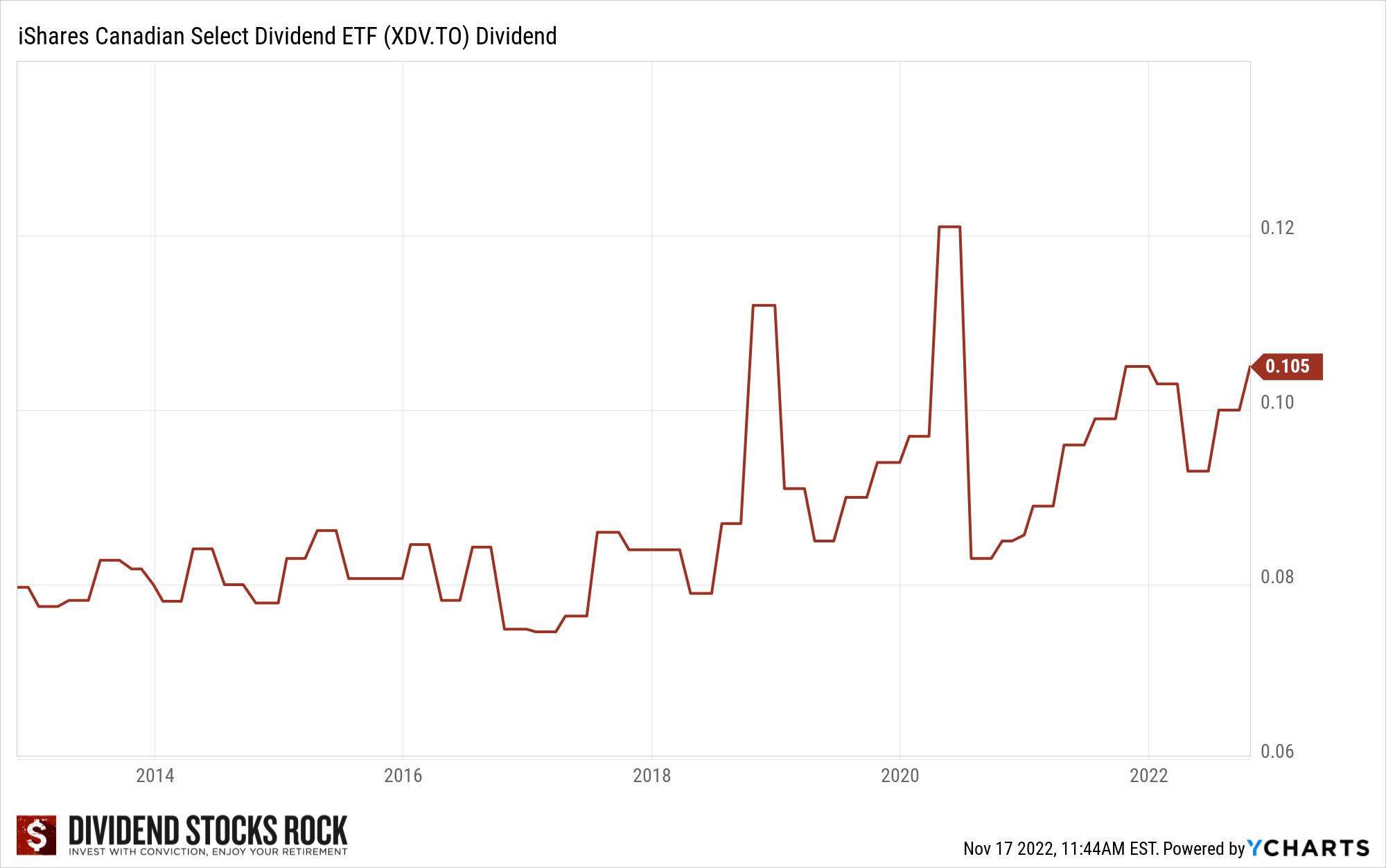
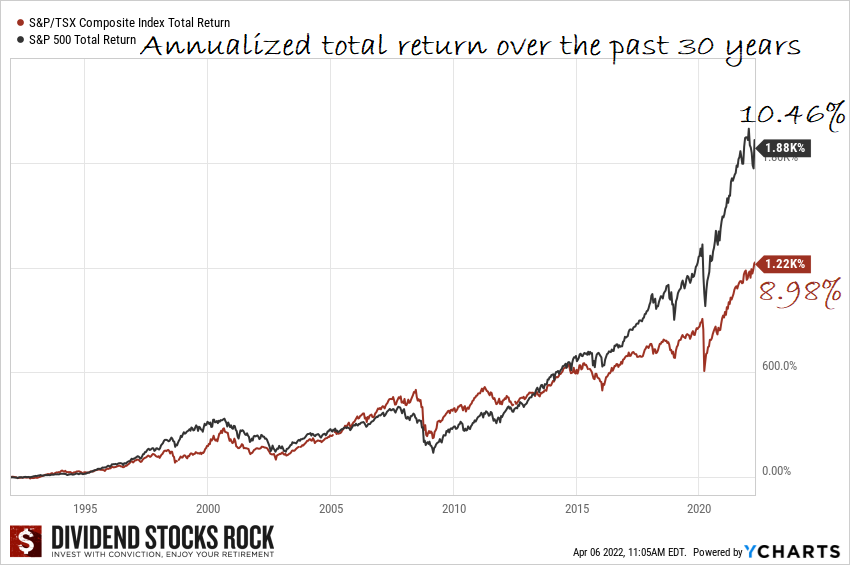
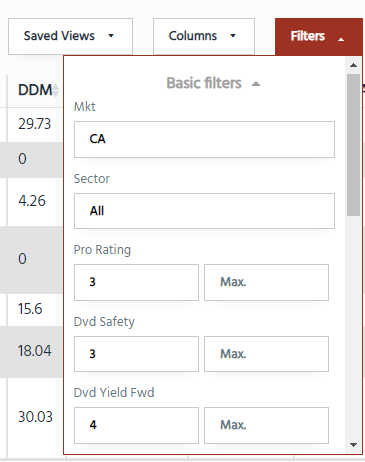 The first step in finding interesting stocks is to go to the Canadian Retirement portfolio and the 100% Canadian portfolio models’ pages and select companies with a minimum rating of 3 for both the DSR PRO rating and the Dividend Safety Score. I also added a minimum dividend yield of 4% as I want to make sure I can use the full 5%+ interest rate that will be charged on my loan by the end of the year. Right now, I’m at 5.4% on a variable rate. That helped me to select a few stocks, but it wasn’t enough to build a complete portfolio. I wanted to double-check across our entire stock library.
The first step in finding interesting stocks is to go to the Canadian Retirement portfolio and the 100% Canadian portfolio models’ pages and select companies with a minimum rating of 3 for both the DSR PRO rating and the Dividend Safety Score. I also added a minimum dividend yield of 4% as I want to make sure I can use the full 5%+ interest rate that will be charged on my loan by the end of the year. Right now, I’m at 5.4% on a variable rate. That helped me to select a few stocks, but it wasn’t enough to build a complete portfolio. I wanted to double-check across our entire stock library.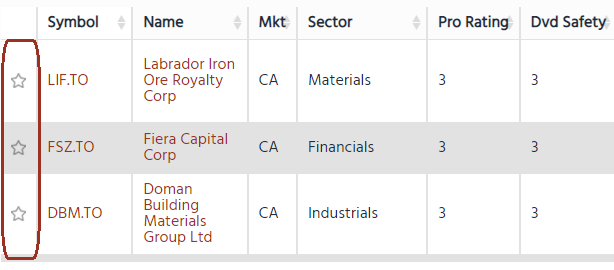
 While I love our stock screener, when you look at 30 financial metrics, it’s not that easy to see them and sort them as you want. Excel is a better software to use to make an additional triage among the list of your potential stocks. Then, I can read each stock card and start building my portfolio! Will I go ahead and buy the 22 stocks? Let’s build a fake portfolio to see what it looks like, shall we?
While I love our stock screener, when you look at 30 financial metrics, it’s not that easy to see them and sort them as you want. Excel is a better software to use to make an additional triage among the list of your potential stocks. Then, I can read each stock card and start building my portfolio! Will I go ahead and buy the 22 stocks? Let’s build a fake portfolio to see what it looks like, shall we?